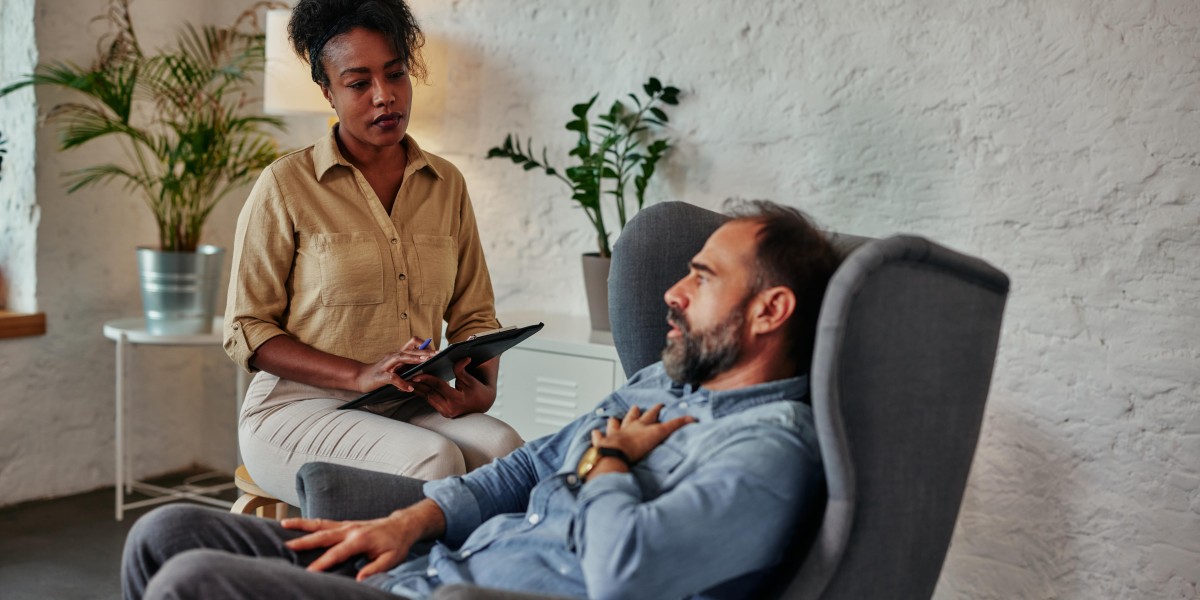Este tipo de comunicación es crucial para los intérpretes, en tanto que les asiste para complementar y reforzar el mensaje verbal, proporcionando un contexto mucho más terminado y comprensible para el receptor. Al dominar la comunicación no verbal, los intérpretes pueden progresar significativamente la precisión y efectividad de su trabajo, asegurando que el mensaje original sea captado de manera mucho más leal. La comunicación no verbal comprende gestos, posiciones, expresiones faciales, tono, Clique Neste site contacto visual y muchas otras señales que transmitimos sin expresiones. Estos elementos tienen un poderoso encontronazo en nuestras relaciones, incluso a nivel psicológico. La comunicación no verbal tiene relación a todas y cada una aquellas maneras de expresión que no implican expresiones habladas o escritas. Es un componente principal de nuestra comunicación diaria y juega un papel vital en la forma en que nos relacionamos con el resto. De manera frecuente, nuestros gestos, expresiones faciales y posturas corporales transmiten mensajes más poderosos y genuinos que las propias palabras.
La comunicación no verbal está ligada a la cultura.
Signs of insecurity are as variable because the situation itself, however there are some frequent tendencies you presumably can look out for. There are almost limitless areas of potential insecurity. Moreover, insecurity typically bleeds over from one area of life into one other. However, there are some types of insecurity that appear frequently. By being compelled to attend, you’re now put ready of lower energy, which fits their must be necessary. Busy persons are worried folks, and so to feign an air of self-importance, they avoid showing relaxed or open to distractions. They frown or squint and seem to have a fantastic deal on their thoughts.
This could cause people to hunt other, adverse retailers for these emotions, similar to drug or alcohol misuse, larger threat sexual behaviors, or different behaviors that can result in involvement with regulation enforcement.
Dado que la comunicación no verbal sea procesada por un lado mucho más vieja de nuestro cerebro la hace mucho más instintiva y también involuntaria que la comunicación verbal. Previamente en este libro, introdujimos el término de "no puedes, no comunicarte". El fundamento de esta iniciativa es que aunque no estemos enviando mensajes verbales, de manera continua estamos enviando mensajes no verbales. Como tal, es muy importante comprender de qué forma los mensajes no verbales chocan nuestras relaciones entre personas diarias. En esta sección, vamos a discutir el papel que juega la comunicación no verbal en nuestra vida cotidiana y las seis funcionalidades de la comunicación no verbal.
¿En qué se basa la comunicación verbal?
Maintaining eye contact makes individuals really feel like they will trust you more, helps individuals open up, and keeps the dialog flowing. If you are feeling like the other particular person isn’t asking you about yourself, they may simply be distracted. Don’t be afraid to supply information about yourself and share your tales, too. If the person retains changing the subject again to themselves, although, they in all probability aren’t a good connection to have. That stated, attempt to let your conversations go beyond basic details. If your new pal is snug, dive into extra intimate conversations. Ask what they’re keen about, what their goals for the future are, and what scares them.
How to get people to like you even if you're shy
In private social conditions, it’s simpler to know what people want to speak about. Sharing common goals and developing deeper relationships additionally means aligning milestones and working collectively for a stronger end result, especially work-related matters. Many people feel uncomfortable throughout social interplay, both as a end result of they are not extroverted by nature or don't feel relaxed in their own factor. Many folks assume that others won’t recognize who they are authentically, and instead of being pure, they inflate their character or embellish to make an excellent impression. By sharing beliefs and values, you'll encourage each other in your personal religious progress.
You’re always excited to see them and spend time together
You may discover that the majority of your connections tend to be short-lived. Each of us has emotional triggers that trigger our innate fear of abandonment to spike. Sue Johnson calls these our "raw spots." Partners unintentionally hurt every other’s emotional uncooked spots. When we be taught to identify these sensitivities in ourselves and in each other, we will make an effort to keep away from them. Many instances, these result in complaints, defensive reactions, and heated arguments.




